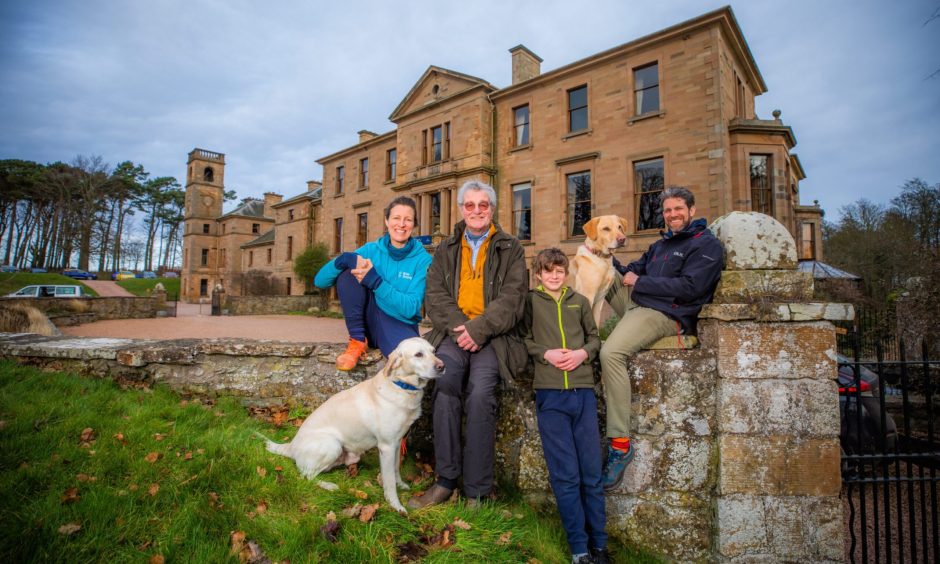
Cambo Country House is “preposterously big” according to James Erskine who lives there with his young family.
When pushed to quantify how big, he says the Victorian mansion has “around” 60 rooms.
“People ask me that and it’s always quite hard to answer,” he says. “There are cupboards in this house that would make a lovely two-bedroom flat!”
Cambo House, by Kingsbarns, in Fife, is at the heart of Cambo Estate which has been in James’ family for more than 300 years.
He is the latest generation to inhabit it, having moved back to his childhood home in 2020 with wife Jasmine Burnley and their sons, Albert,12, Nye, 9, and Aldous, 6, after seven years living in Myanmar.
But they live in just one small part of the house, an apartment on the ground floor.
James says: “You couldn’t live in the whole house!”
Now his sons explore the forgotten rooms, build dens in the woodlands and run around the estate as he did as a child when his parents Sir Peter, the 6th Baronet, and Lady Catherine Erskine were the occupants.
Although built in the 1880s solely as a family home, Cambo House today is a popular wedding and events venue.
The estate and its gardens are a visitor attraction, currently hosting their annual snowdrop festival.
Where did the Cambo House snowdrop festival come from?
When we visited, the paths criss-crossing the estate were busy with visitors enjoying the 200 species of snowdrop. People were admiring a Myanmar art exhibition curated by James in the house’s front hall. And a young couple arrived to view spots where they might get married.
Such flurry of activity brings joy to James, who previously worked as a theatre producer in London.
“It is lovely when the house is alive and there are people coming up and down the stairs,” he says.
“The house feels happy, it’s almost like it’s got a smile on its face.”
Although relatively new, the festival, in its 15th year, is a real connection to Erskine family history, receipts for snowdrops dating back to 1801.
It was launched by Lady Catherine, who is responsible for preserving and expanding the estate’s huge collection of the delicate winter flowers and with Sir Peter started Cambo Heritage Trust to encourage community access.
But the carpets of white blooms were cultivated by James’ great-great-grandmother Lady Magdalen in the 1930s.
Today grazing Tamworth pigs protect the snowdrops from being smothered by ivy introduced by Lady Magdalen’s husband.
James says: “She was prolific in spreading the snowdrops through the estate and he put the ivy down to provide cover for fox hunting.
“I love the idea that even now beyond the grave the two of them are still bickering at each other!”
How many people used to live in Cambo House?
His home being busy with visitors for both the snowdrop festival and weddings is nothing new for James.
Cambo House was divided into apartments in the late 1940s and let out by his grandparents Sir David and Lady Ann Erskine. Tenants have included students, holiday-makers and longer term residents.
James says: “It was more like living in a neighbourhood.
“There were five kids in our family and then there were other kids living in the house so there was an army of kids. We’re back to that a bit now, with my sisters moving up [from London] and their children.”
The estate then was wilder than it is today, he says, and the children would spend hours playing among the trees.
He says: “We had a big bell in the front hall and at meal times they used to stand on the front door step and ring the bell to try to bring everyone back in.”
Parts of the house were a ‘dumping ground full of treasure’
While adult visitors to Cambo House may marvel over its trove of antiques and paintings and dazzling chandeliers, children always delight in the forgotten bits, says James.
An example, he cites from his childhood was when horsehair mattresses throughout the house were replaced and put into storage.
“There was a room full of mattresses and it had quite high shelves up on the wall and a big pipe near the ceiling.
“For kids that was amazing, making dens out of mattresses or you could climb up the shelves and hurl yourself onto a pile of mattresses or climb along the pipe and drop onto them.”
The Library – now known as the Business Room – was a “dumping ground full of treasure”, he says.
When we moved into the house… my youngest son would regularly say ‘Dad, you’ve got to see this room!”
“There was a billiard table in there but it was quite badly damaged. It’s all nicely restored now but there are things everywhere and you could just go and look through stuff.
“We found an article in the newspaper about the day the house burned down. It might have been The Courier actually.”
‘Dad, you’ve got to see this room’
A particularly raucous staff party while the family were away was to blame for that devastating blaze in July 1878.
More recently, the family discovered newspapers from the beginning and the end of the First World War reporting on the assassination of Franz Ferdinand and the declaration of peace.
And the exploration and discoveries continue for James’ sons today, reined in a little by the cultivation of the estate and the regular presence of wedding guests.
James laughs: “When we moved into the house for about the first year, my youngest son would regularly say ‘Dad, you’ve got to see this room!”
Family collaboration is greater today than it has ever been in Cambo House’s history.
The estate previously passed down the generations from father to eldest son but the Erskines have moved away from that practice of primogeniture and established the Cambo Trust involving all the siblings.
James has been trust director since his older brother Struan and wife Frances stepped down from running the estate.
‘Pretty nuts system’ for protecting some grand homes
He says it is a “pretty nuts system” to place the burden of protecting properties like Cambo House on one person by virtue of their birth.
“When you have something that is beautiful and precious and needs to be looked after, you want a resilient system that ensures it is looked after in perpetuity for the good of everyone.
“Just choosing somebody who just happens to be born first isn’t a resilient system it’s a crazy system.
“In general terms I think that’s absolute madness but the reality for us was it was a huge amount of work and a massive amount of pressure.
“As you get further from that moment in history where the disparity of wealth was such that people could build a house like this – and we’ve moved away from that thankfully – there comes a need to share the responsibility.”
Creating a trust, he says, allows work and decisions to be shared to protect Cambo for future generations, both of the family and wider community.
And there is a lot of work to be done and decisions to be made.
Weddings pay to ‘keep the roof on’
Weddings are Cambo’s “bread and butter”, and work continues to maintain the house, develop it and make it an attractive option for more and more couples.
James says: “Historically a place like this was so fundamental to a community; the village of Kingsbarns wouldn’t exist if it weren’t for this house and vice versa.
“We feel that it should be a community asset and it needs to pay its way.
“It is a beautiful old place but it’s not important enough to have hordes of visitors coming and looking round it; we couldn’t just charge tickets.
“Weddings are what pays that way and keeps the roof on.
“It’s really important that you do things that keep it alive.
“We need people to fall in love with it and we need it to be part of the community.”
The snowdrop festival runs until daily until March 10. Tours of the house can be booked for Saturdays and Sundays until March 9. The Hope for Myanmar exhibition runs daily in Cambo House front hall from 11am to 3pm.
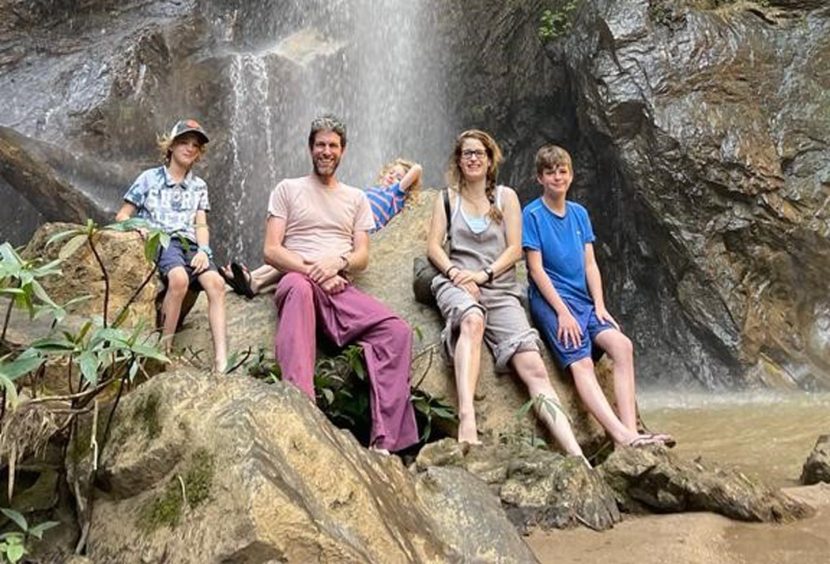
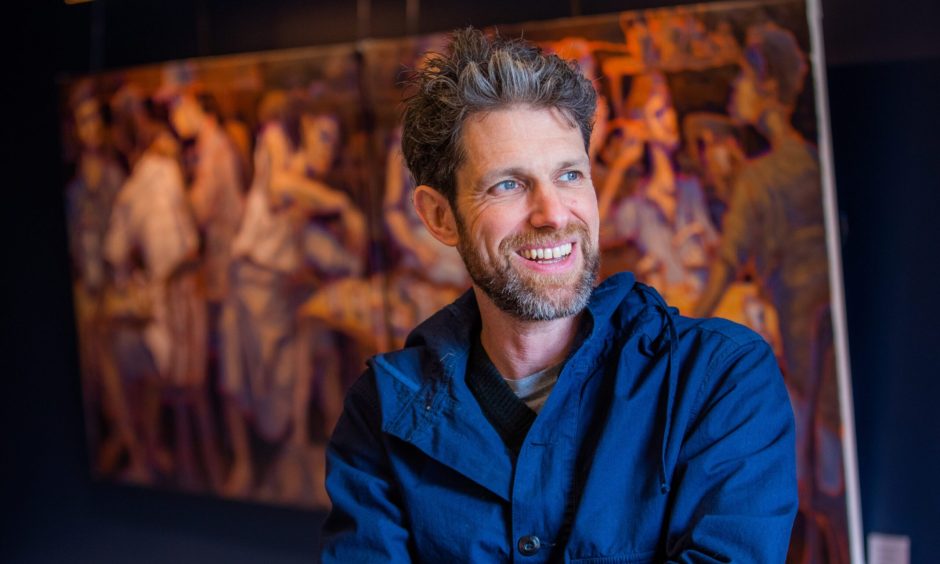
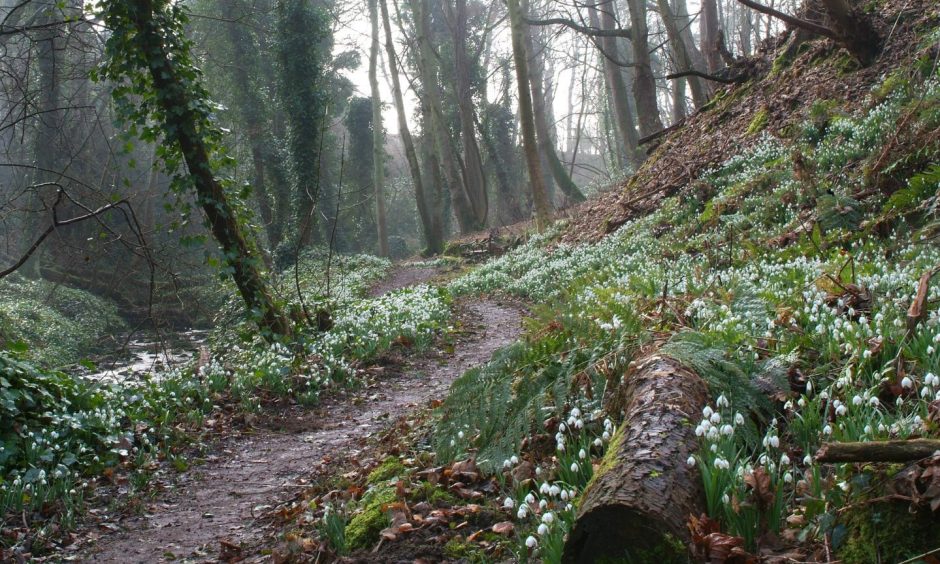
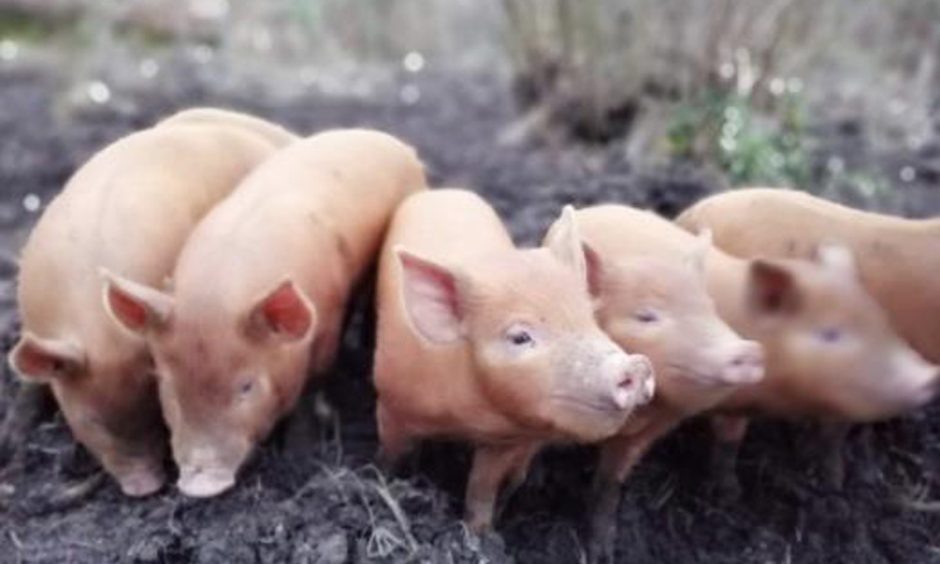
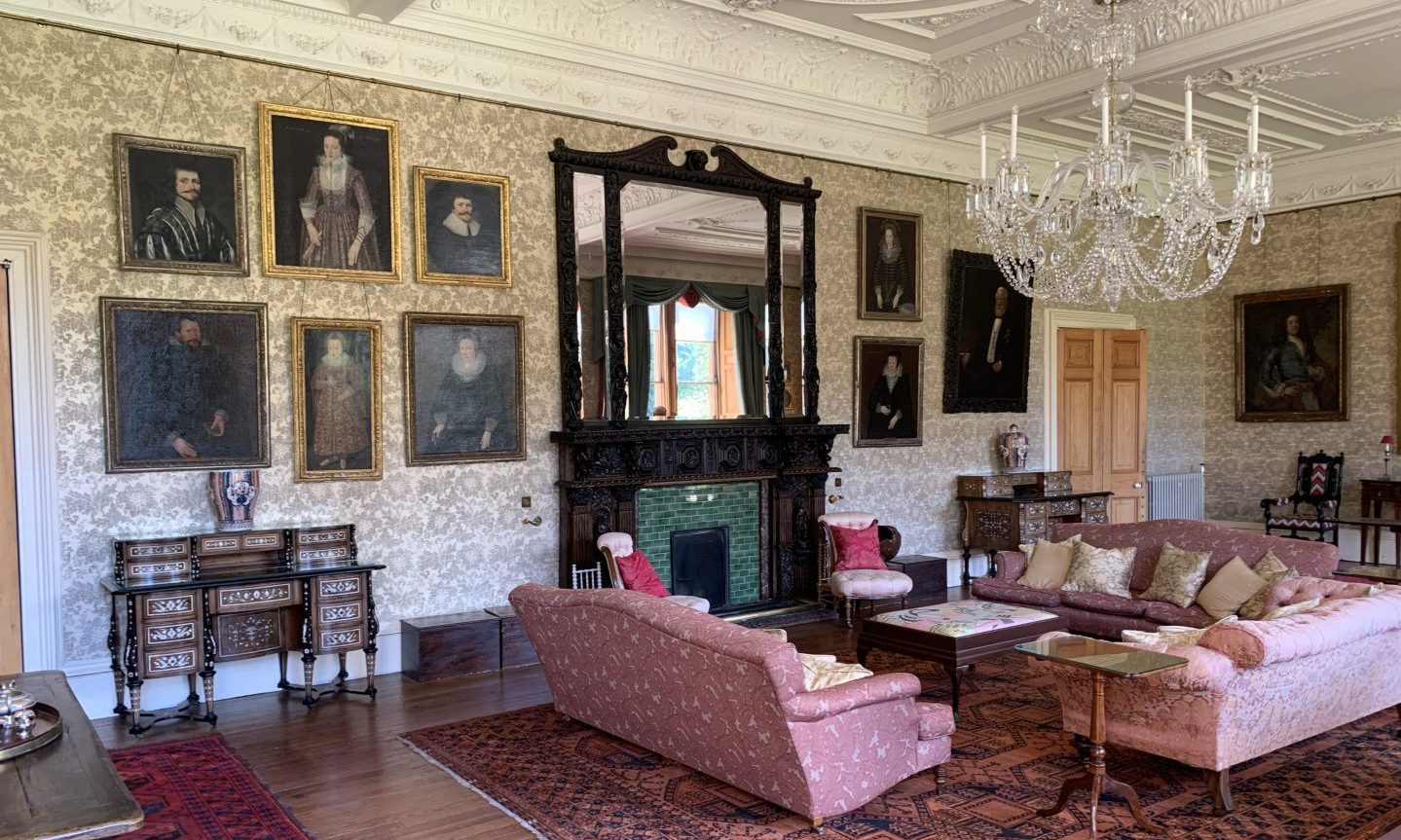
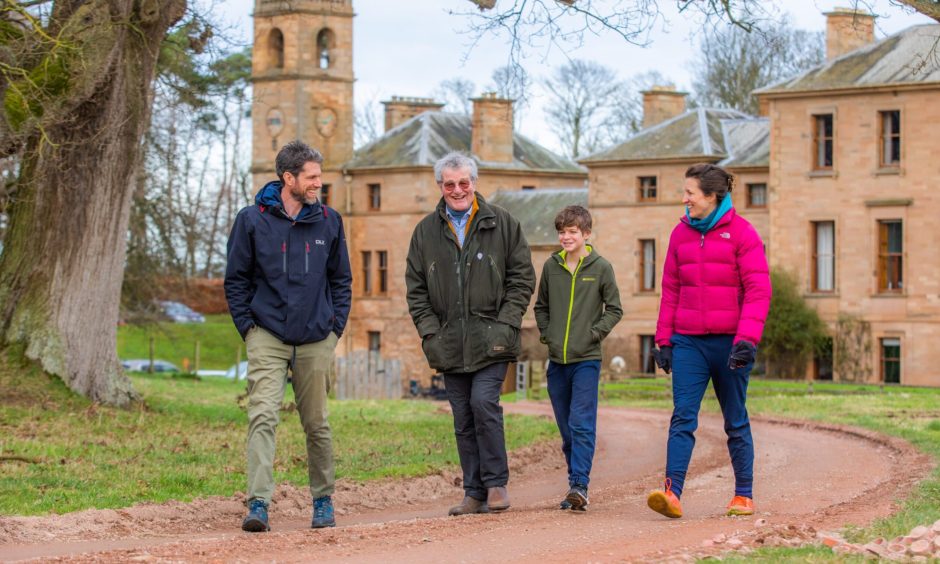
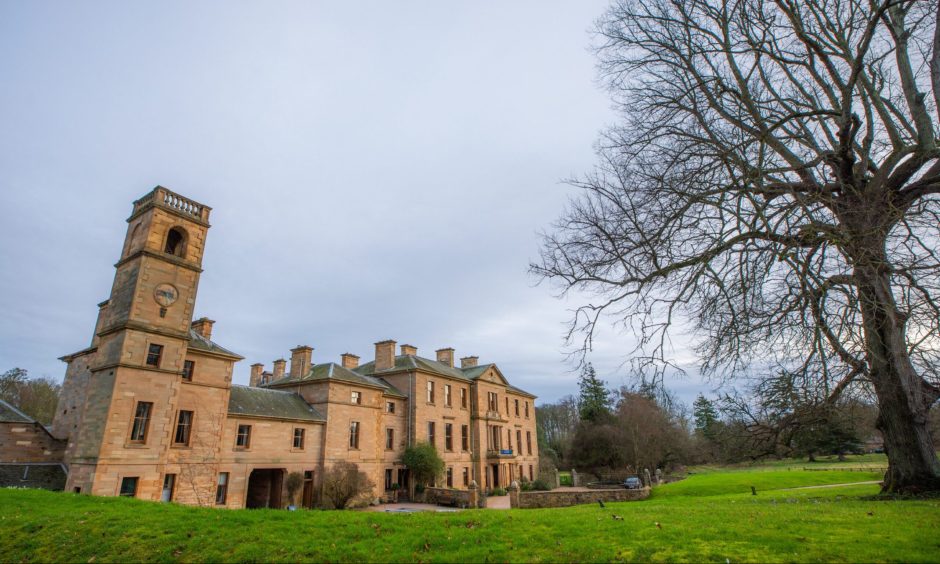
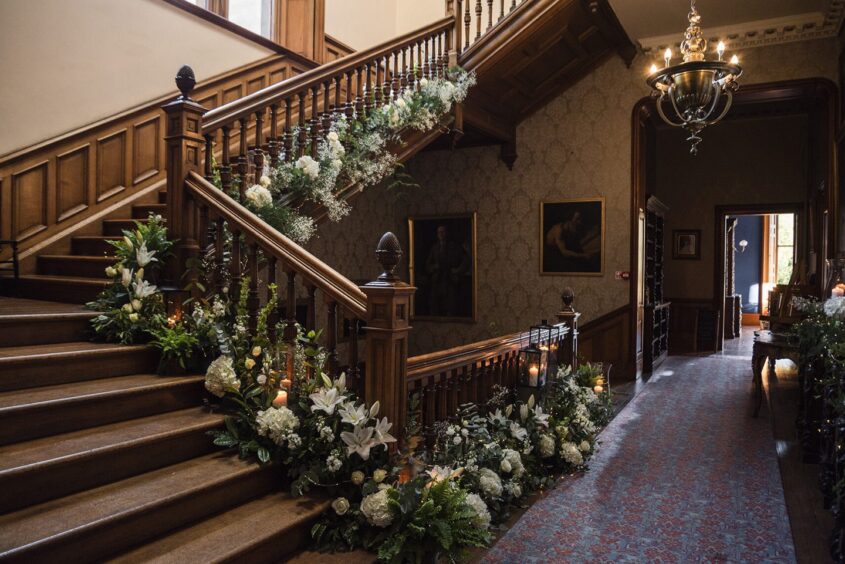

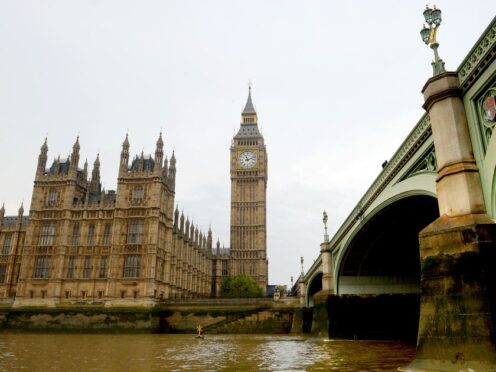
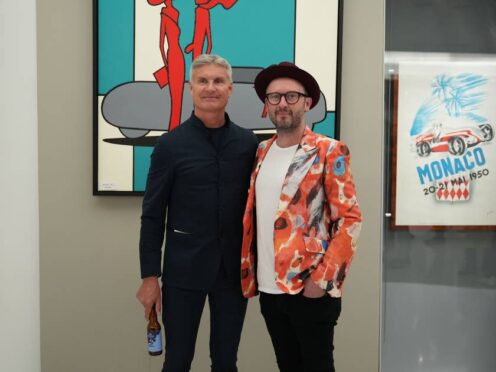
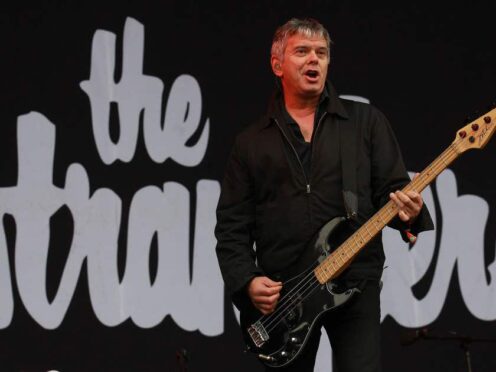






Conversation